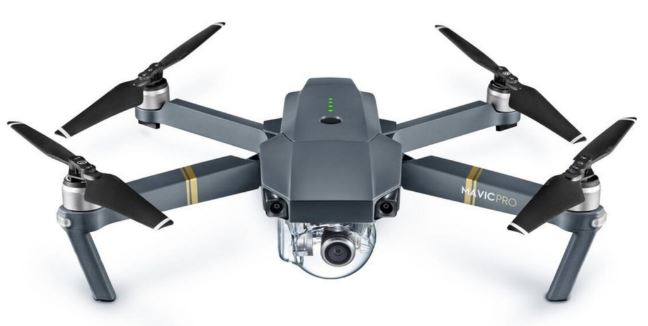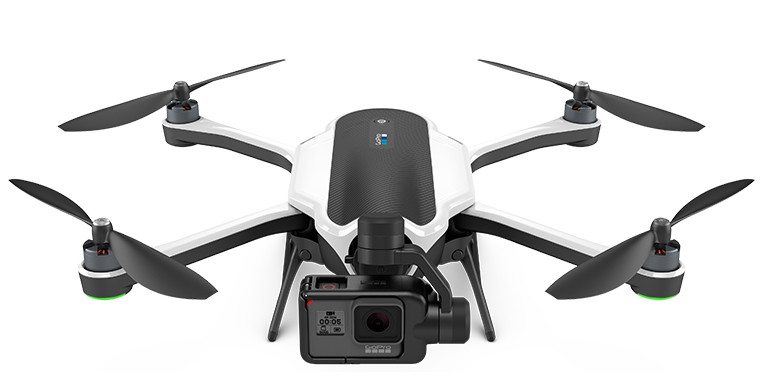Despite all the anticipation building around it, the DJI Mavic Pro vs GoPro Karma standoff seems like more of a ballyhoo that no longer has anything intriguing to offer. The much-hyped contest, after all, is bound to end with the China-based DJI having the last laugh over its American rival – for the time being, at least.

That is not to say that the GoPro Karma is not even worth the comparison. It is a pretty darn good product in its own right. But the point is that GoPro still has some distance to cover before outshining DJI in a one-to-one standoff in the drone/UAV market (which is hardly surprising considering that DJI has been in the drone market a lot longer than GoPro).
With the GoPro Karma preparing to hit the store shelves on Oct 23, just over two weeks from now, we think the time is right for potential buyers to pause for awhile and focus on what gives DJI Mavic Pro an edge, and more importantly whether or not those differences really matter for them in practice.
DJI Mavic Pro vs GoPro Karma: What makes the Mavic better between the two?

There are three major attributes that make the DJI Mavic Pro vs GoPro Karma standoff tilt in favor of the former: Portability, speed, and maneuverability.
Even though GoPro has emphasized much on the portability aspect in the Karma by keeping its form-factors as minimal as possible, it is still considerably larger than the DJI product. The Mavic is not only lighter, but it also folds up smaller, adding more to the portability aspect.
The DJI Mavic Pro is also faster and capable of flying farther and longer on a single charge compared to the Karma. It features a wider range of image capture which will certainly play a key role in appealing to photography enthusiasts. But more importantly, the Mavic comes with more intelligent flight modes including obstacle-avoidance, follow-me, and gesture-control which the Karma doesn’t have.
The absence of the intelligent flight modes is likely to be a big turnoff for GoPro’s sporty demographic.
The perks of choosing GoPro Karma over DJI Mavic

Although the Mavic wins the contest hands down in terms of specs, the Karma comes with its own perks as well depending on the user’s preferences.
GoPro is projecting Karma as “more than a drone” citing that it can seamlessly plug into the company’s massive ecosystem of accessories. For example, if you want you can remove the gimbal in the product and attach it to the included Karma Grip for a smooth and a shake-free handheld recording. Apart from that, you can also attach your Karma Grip to any GoPro mount using the included Karma Mounting Ring.
Another cool aspect about the GoPro Karma is that it works with older GoPro Hero 4 cameras, as well as the new, compact Hero 5 Session (scheduled to arrive sometime in 2017 spring).
DJI Mavic Pro vs GoPro Karma: The Conclusion
With all the aforementioned aspects taken into account, it eventually comes down to whether you prefer power and better specs of the Mavic or the super ecosystem provided by the Karma.
As or the price the DJI Mavic Pro is priced at $999 with the controller and at $799 without it. Those buying the product without the controller can use their smartphone to control the drone. Meanwhile, the GoPro Karma will set you back $799, although you also have the option to spend $300 extra to include the Hero 5 Black in the bundle (Karma doesn’t have a built-in camera like the Mavic).
